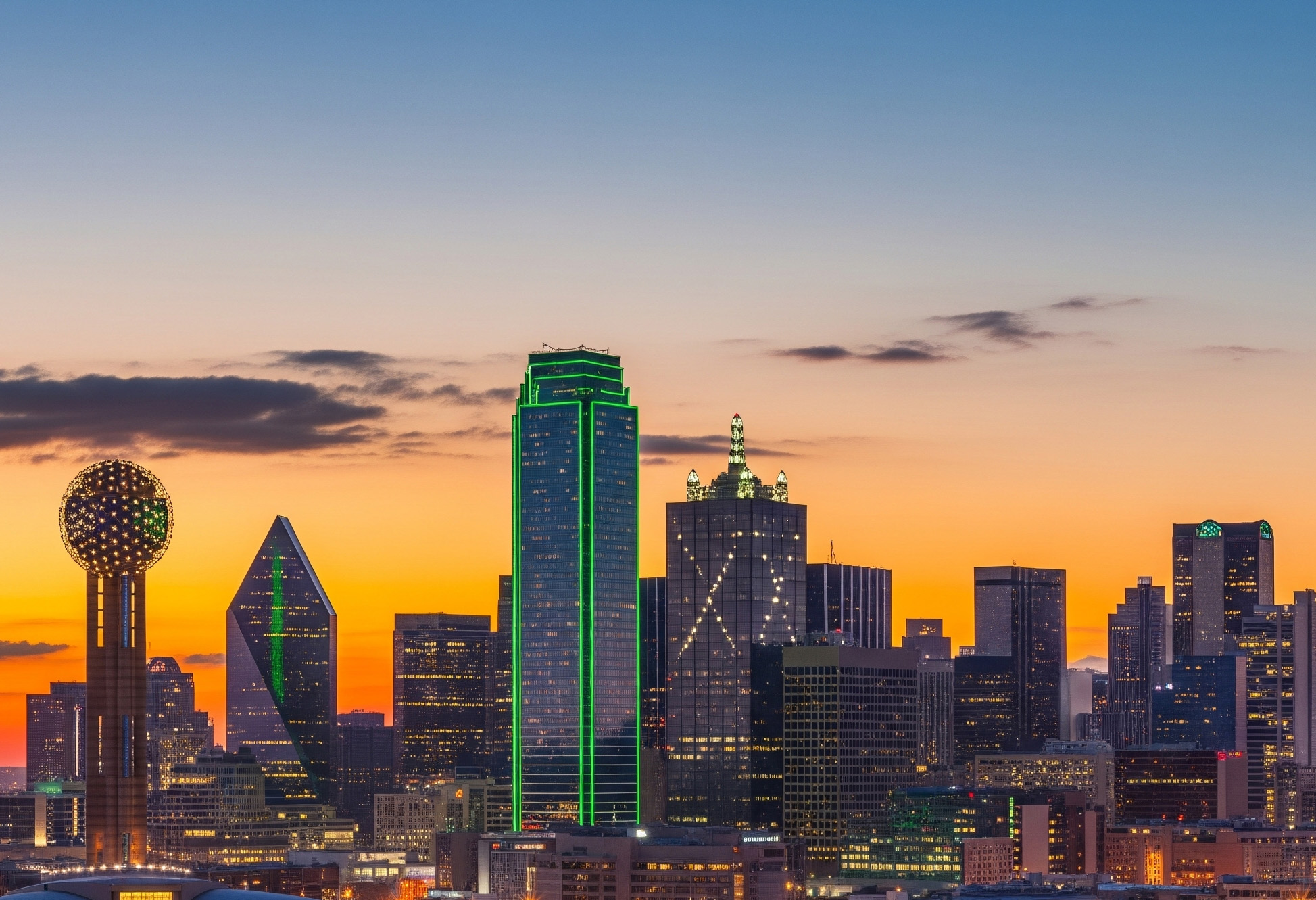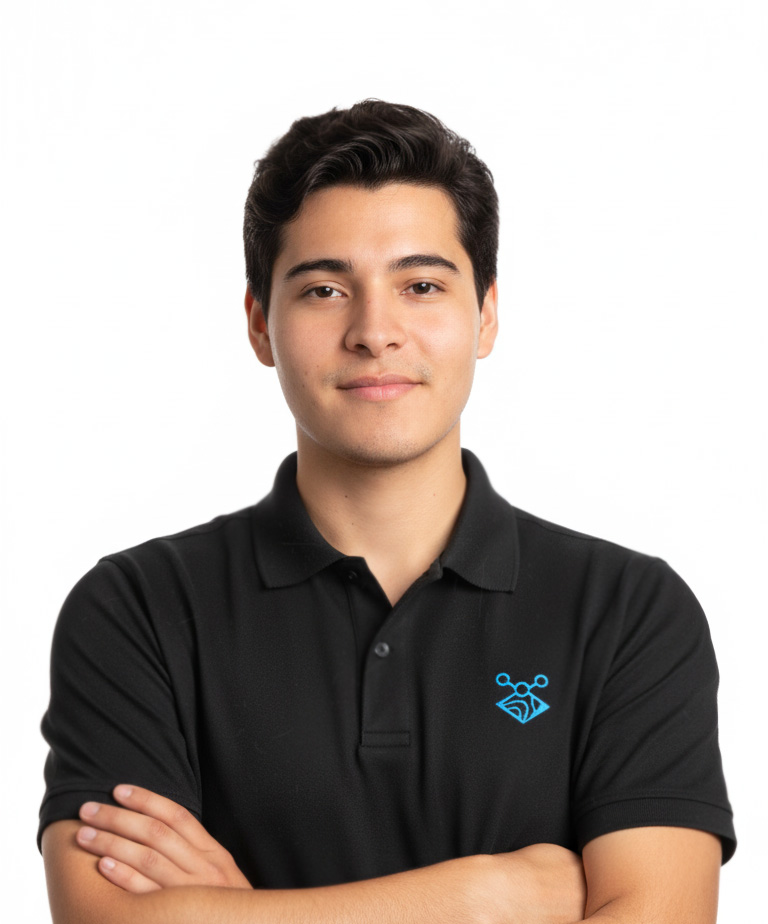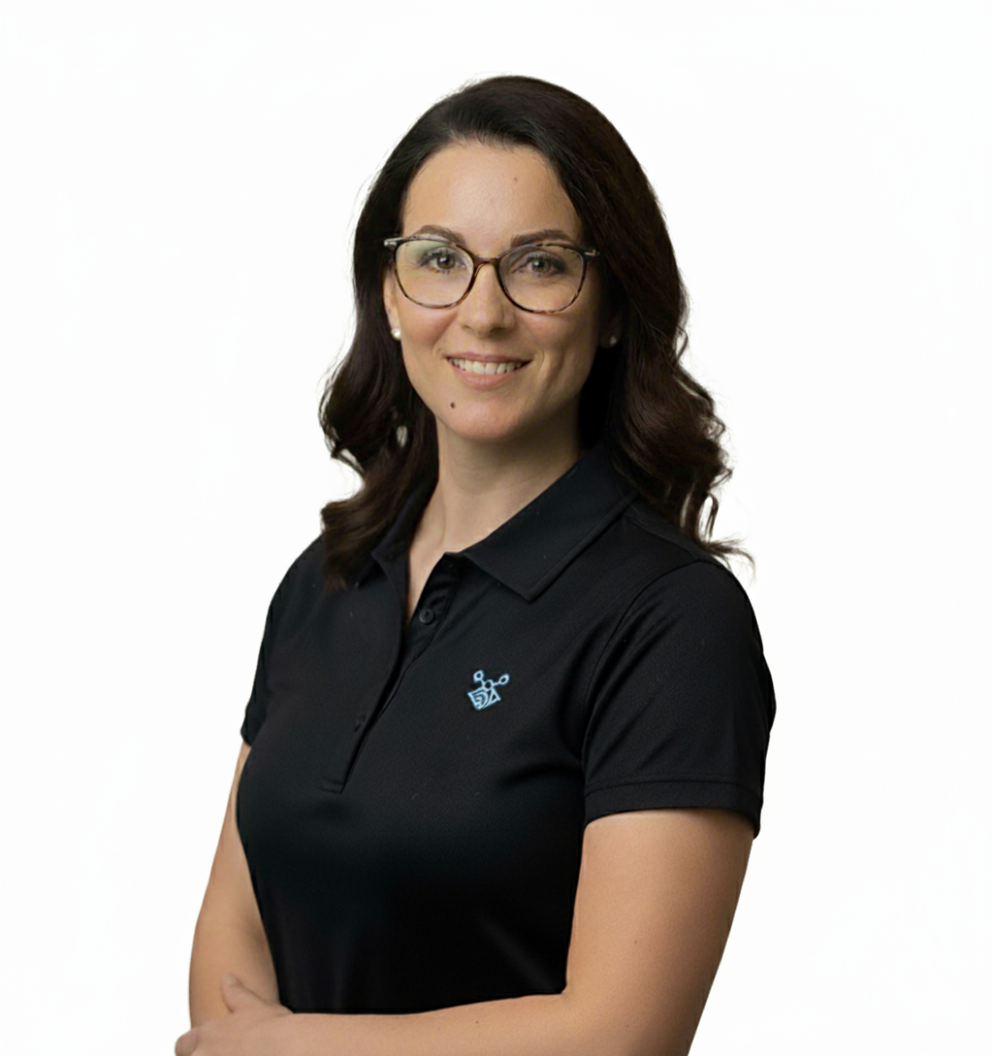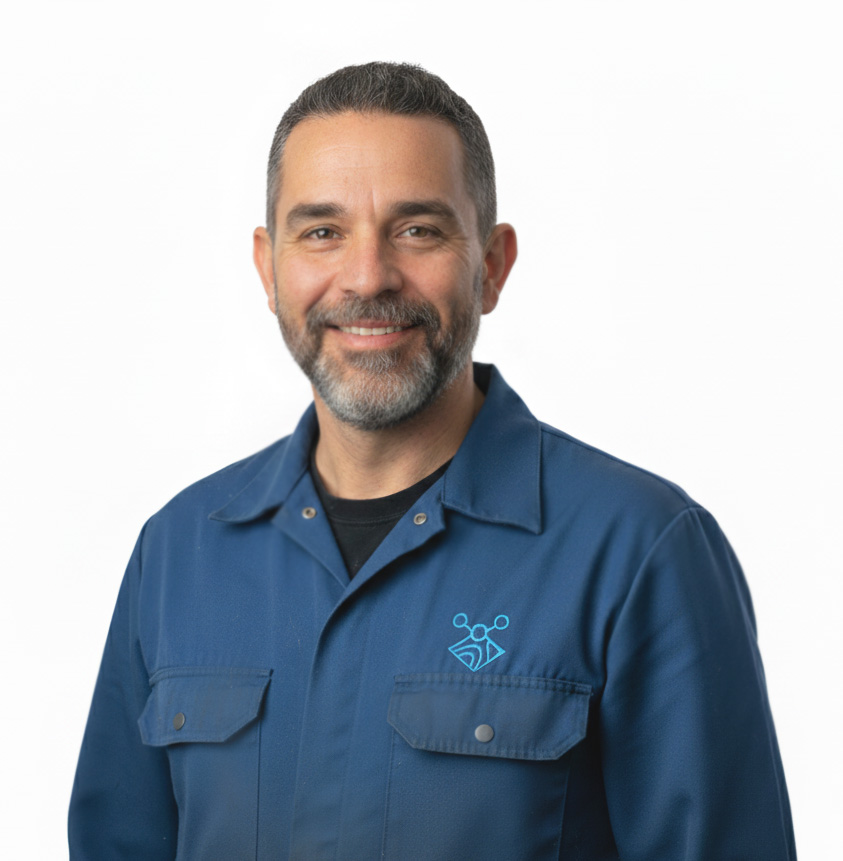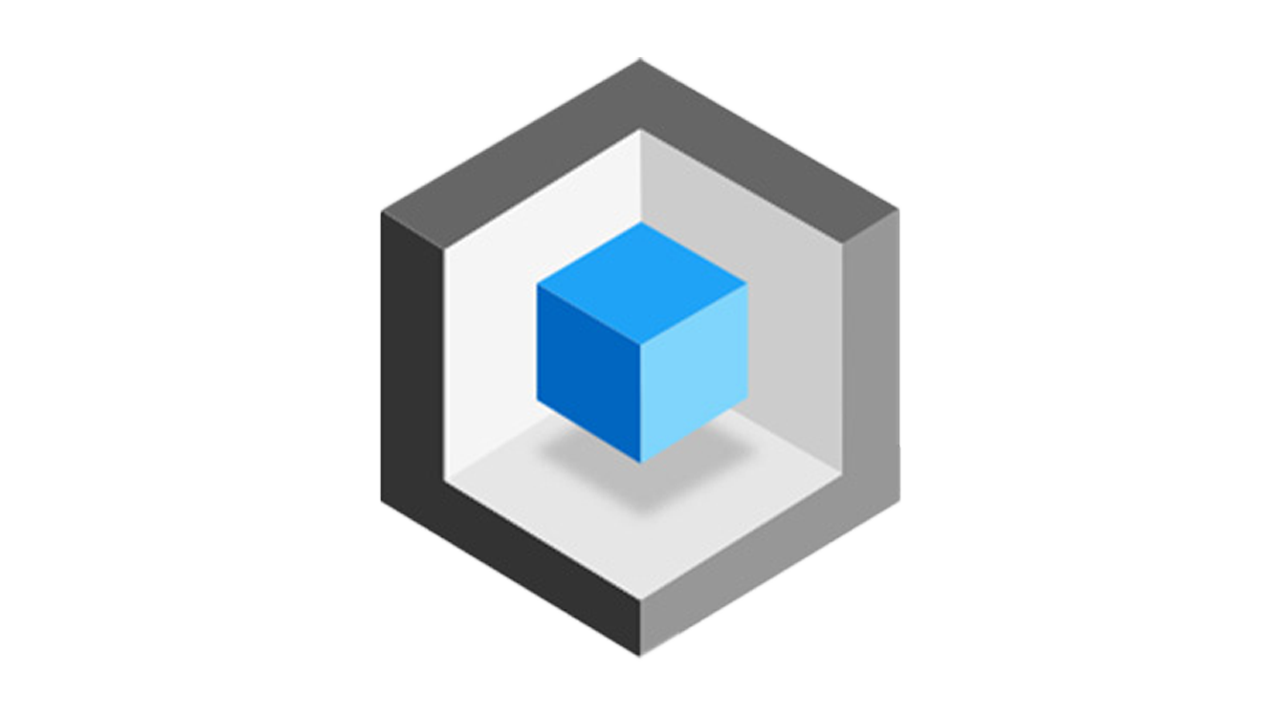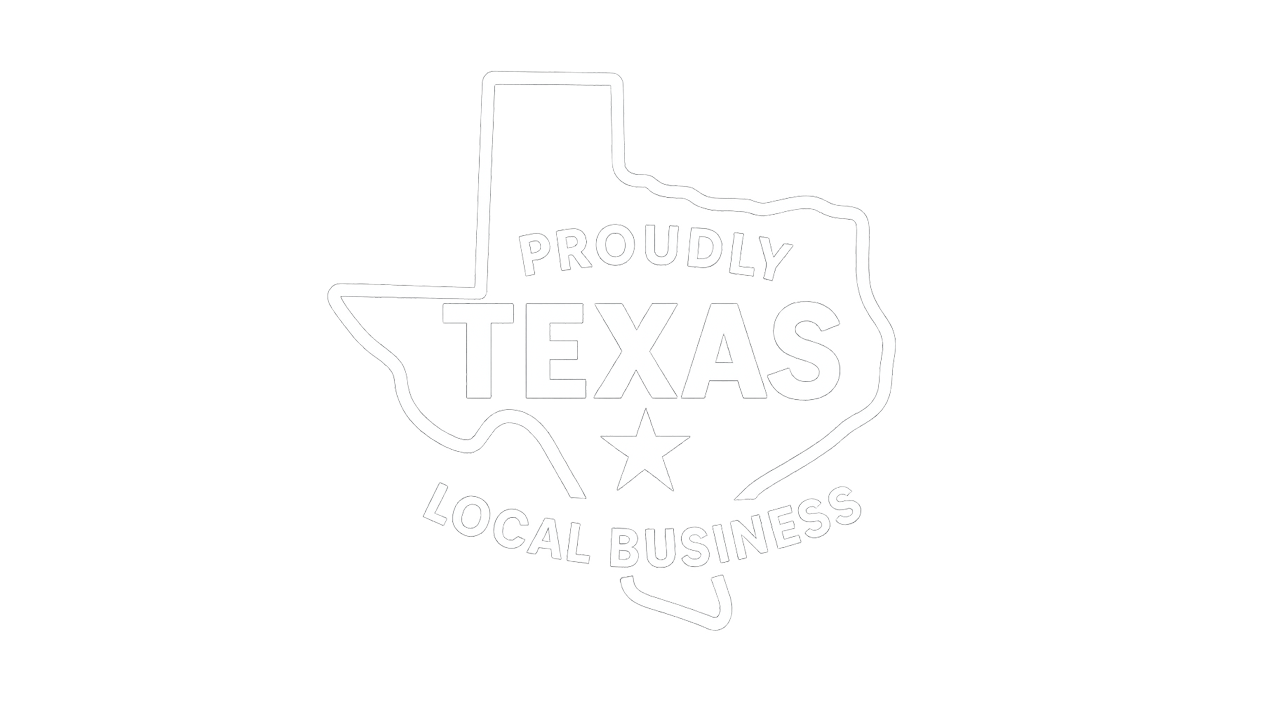How does drone mapping/surverving compare to traditional ground mapping?
Drones capture large areas quickly with high repeatability and minimal site disruption.
Compared to conventional ground methods, drone surveys offer faster and more cost-effective results, produce detailed high-resolution outputs,
and reduce safety risks when working in challenging environments.
How accurate is LiDAR for mapping sites and land development?
With RTK and proper QA/QC, LiDAR typically achieves centimeter level accuracy at operating altitudes.
Accuracy improves further with well-placed GCPs and appropriate flight planning.
What deliverables and file formats can you provide?
Colorized point clouds (.las/.laz), DTMs/DSMs (GeoTIFF), contours (DWG/DXF), orthomosaics (GeoTIFF/JPEG + world files),
and site reports. Need something specific? We can export to your template or coordinate system.
Can aerial mapping support construction progress and inspections?
Yes—recurring flights document progress, verify quantities, and identify issues early.
We provide side-by-side timelines, volumetrics, and punch-list imagery.
Which industries see the most value from your services?
Civil engineering, construction, mining/aggregates, utilities, renewable energy, environmental and municipal planning.
If your work depends on accurate site data, we can help.
What does your processing and QA/QC workflow look like?
We plan flights (RTK/GCPs), capture, run initial processing, apply QA/QC checks (check points, control, visual/metric tests),
and then export deliverables to your specs. A review call is available on request.
How fast can you mobilize and how long do deliverables take?
Next-day site visits are often available. Typical delivery: 24–48 hours for imagery/orthos,
2–3 business days for LiDAR terrain and contours, depending on site size and complexity.
Do you carry insurance and handle airspace approvals?
Yes—Terrascope Labs is fully insured with up to 2 million, and our FAA-certified pilots manage airspace authorizations and site safety plans.
What about privacy, safety, and site access?
We coordinate access with your site lead, follow OSHA/owner safety rules, and only capture areas authorized by the client.
No public release of imagery without your written approval.
How do weather and vegetation affect results?
High winds and heavy rain delay flights. LiDAR penetrates vegetation better than imagery and can recover ground points under canopy;
we schedule accordingly to meet accuracy targets.
Do I need ground control points (GCPs)?
RTK improves accuracy; GCPs further tighten alignment for survey-grade work or when tying to existing site control.
We’ll advise based on your tolerances and deliverables.
How is pricing determined?
Pricing depends on area, terrain, deliverables, and frequency. We offer lower rates and consistent quality thanks to in-house pilots and lean operations—
request a custom quote for an exact number.
